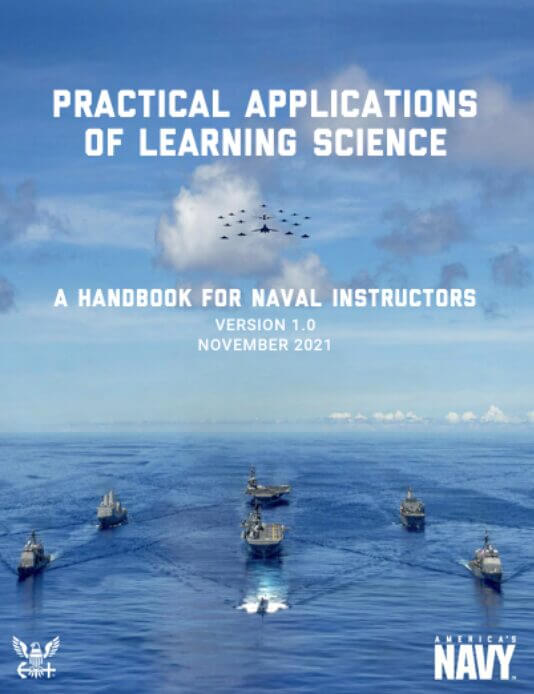A typical response to the refocus on both Explicit Instruction and the Science of Learning (i.e. A Learner’s Toolkit) is that it only works in particular subjects such as Maths, Science and Languages (that is because much of the research >95% has focused on its translation to these subject areas) and is not suited/suitable for more applied, creative or industry-focused subject areas/disciplines. These criticisms often distil down to:
1. Overemphasis on cognitive processes over emotional, intuitive and experiential aspects of discipline or subject foci.
2. Standardisation that is counter or constrains creativity.
3. Reductionism of practice that oversimplifies the multifaceted interplay of cognition, emotion and social factors of learning that stifle the physical creation of an artifact or product.
4. Emphasis on the quantifiable outcomes of tests vs. the reduction of the nature of learning that best suits tests.
5. That tests are associated with inducing some form of anxiety, which, in turn, is detrimental to student wellbeing.
While these points are a fair discussion, the default position that both Explicit Instruction and the Science of Learning are not suited to applied, creative or industry-focused subject areas/disciplines requires investigation. One significant example that pushes against this default position is the recent release (in 2021) of the USA Navy’s “Practical Application of the Learning Science: A Handbook for Naval Instructors”. This guide is used to underpin every aspect of how the USA Navy equips and trains all of its members. Their rationale (p. 2) for basing all training principles on the Science of Learning (i.e. the toolkit strategies) is:
- Based on the results of experimental research studies, there is a strong consensus within the learning science community that its effects on acquisition, long-term retention, and transfer are consistently positive and significant.
- It is universally effective, independent of learner characteristics, subject matter, and instructional modality.
- It can be readily measured, leading to improved observations with feedback in new instructor training programs.
- It is easy to implement, even by a novice instructor.
- It is inexpensive to implement.
- It is not dependent upon technologyUSA Navy Practical Application of Learning Science but can be implemented through technology.
This excellent document provides a real-world example of how the A Learner’s Toolkit’s strategies apply in and out of the classroom context.



